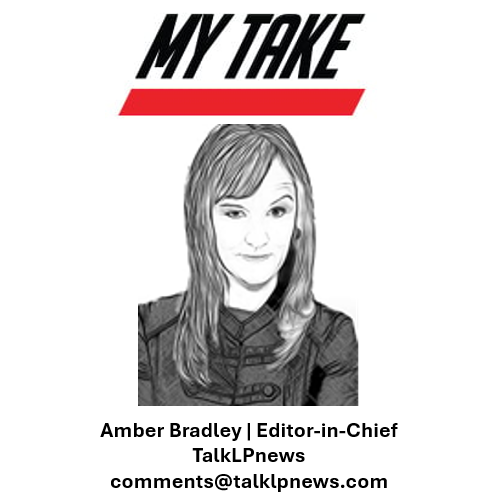I love surprises.
I also love surprising my husband. It’s quite difficult to do, as you can imagine, but sometimes I pull it off. A few weeks ago, I booked tickets to a “Candlelight Concert Series” that’s just as the name describes. I booked the 80s rock anthems (played by a string quartet) in a sea of candles. [funny sidenote: I didn’t think they would be fake candles (duh) so I booked us seats in the back, just in case the place started on fire and we needed a quick exit – here’s to you all my safety folks out there!]
As I sat there in this beautiful venue listening to some of my favorite songs played in a different way I’ve never heard… it hit completely different parts of my brain. The raw energy was still there, but layered with complexity I’d never noticed before. The strings brought out emotional undertones that Guns and Roses had always hinted at but I never fully absorbed.
It got me thinking about how we approach problems in our own industry.
Most of us are stuck listening to the same playlist on repeat. We hear “shrink reduction” and immediately think cameras, EAS tags, internal theft interviews or ORC. We hear “employee theft” and default to policy reminders and disciplinary action. We’ve been conditioned to hear these challenges through the same instrumental arrangement for so long…have we forgotten there are other ways to play the song?
But what if we changed the orchestra?
When your regional team keeps reporting the same shrink issues across multiple locations, maybe the problem isn’t individual store execution. Maybe it’s an operational or training flaw that sounds completely different when you step back and listen with fresh ears. The same data, played through the lens of organizational psychology instead of operational metrics, might reveal patterns we’ve been missing.
Here’s what I mean: That “difficult” team member who pushes back on every initiative? Through one lens, they’re insubordinate. Through another, they’re your canary in the coal mine, signaling flaws in your change management approach. Same behavior, different interpretation, completely different solution.
The best LP executives I know are constantly switching orchestras. They’ll take an inventory shrink problem and switch perspectives to operations, then HR’s lens, then finance’s viewpoint, then even the customer experience angle. Each time, new harmonies emerge that weren’t audible before. They understand that the same business challenge can sound like a training issue to one department, a technology gap to another, and a cultural problem to a third – and often, they’re all right.
This isn’t about being wishy washy or lacking conviction. It’s about recognizing that complex organizational problems rarely have single note solutions. The executive who only hears theft prevention through a “more cameras and tighter controls” arrangement is missing the full symphony of factors at play.
The action: Next time you’re facing a recurring challenge, deliberately seek out someone from a completely different department or experience level. Ask them what they hear when you describe the problem. Don’t defend your original interpretation – just listen.
Because here’s the thing: Metallica played by a string quartet doesn’t make the original version wrong. It just reveals layers that were always there, waiting for the right instruments to bring them forward. Your toughest organizational challenges probably have the same hidden complexity.
Sometimes the solution isn’t changing the song.
It’s changing how you’re choosing to play it.

